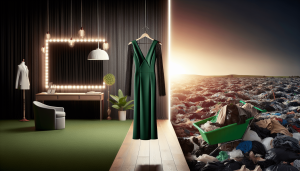Have you ever wondered how we can get involved in sustainable fashion advocacy? The fashion industry is one of the largest and most influential in the world, but it’s also one of the most polluting. By advocating for more sustainable practices, we can help reshape this industry to be more environmentally friendly and socially responsible. Let’s explore the ways in which we can make a difference, from learning about the issues to taking actionable steps.
Understanding Sustainable Fashion
What Is Sustainable Fashion?
Sustainable fashion is an approach to designing, producing, and consuming clothing that is mindful of its environmental and social impacts. It’s about creating garments in ways that are considerate of humanity and the planet. This could involve using eco-friendly materials, ensuring fair wages and safe working conditions for workers, and reducing waste through recycling and upcycling.
Why Is Sustainable Fashion Important?
Sustainable fashion is crucial because the traditional fashion industry has numerous negative impacts. From excessive water use and pollution to exploitative labor practices, the need for change is evident. By embracing sustainability, we can help reduce environmental harm, improve working conditions, and promote a more ethical approach to fashion.
Educating Ourselves
Reading and Researching
The first step to getting involved in sustainable fashion advocacy is educating ourselves. There is a wealth of resources available that can help us understand the complexities of the industry and the importance of sustainable practices.
- Books: Reading books like “To Die For: Is Fashion Wearing Out the World?” by Lucy Siegle and “Fashionopolis: The Price of Fast Fashion and the Future of Clothes” by Dana Thomas can provide deep insights.
- Articles and Reports: Various organizations publish reports and articles that keep us updated on the latest trends and issues in sustainable fashion.
- Documentaries: Watching documentaries such as “The True Cost” can vividly illustrate the impact of the fashion industry on our planet and its people.
By immersing ourselves in these resources, we can better understand the landscape of sustainable fashion and the role we can play in promoting it.
Attending Workshops and Webinars
Another effective way to learn about sustainable fashion is by attending workshops and webinars. Many organizations and experts host educational sessions that cover various aspects of sustainable fashion, from ethical sourcing to zero-waste design. These events not only offer valuable knowledge but also provide opportunities to connect with like-minded individuals and organizations.
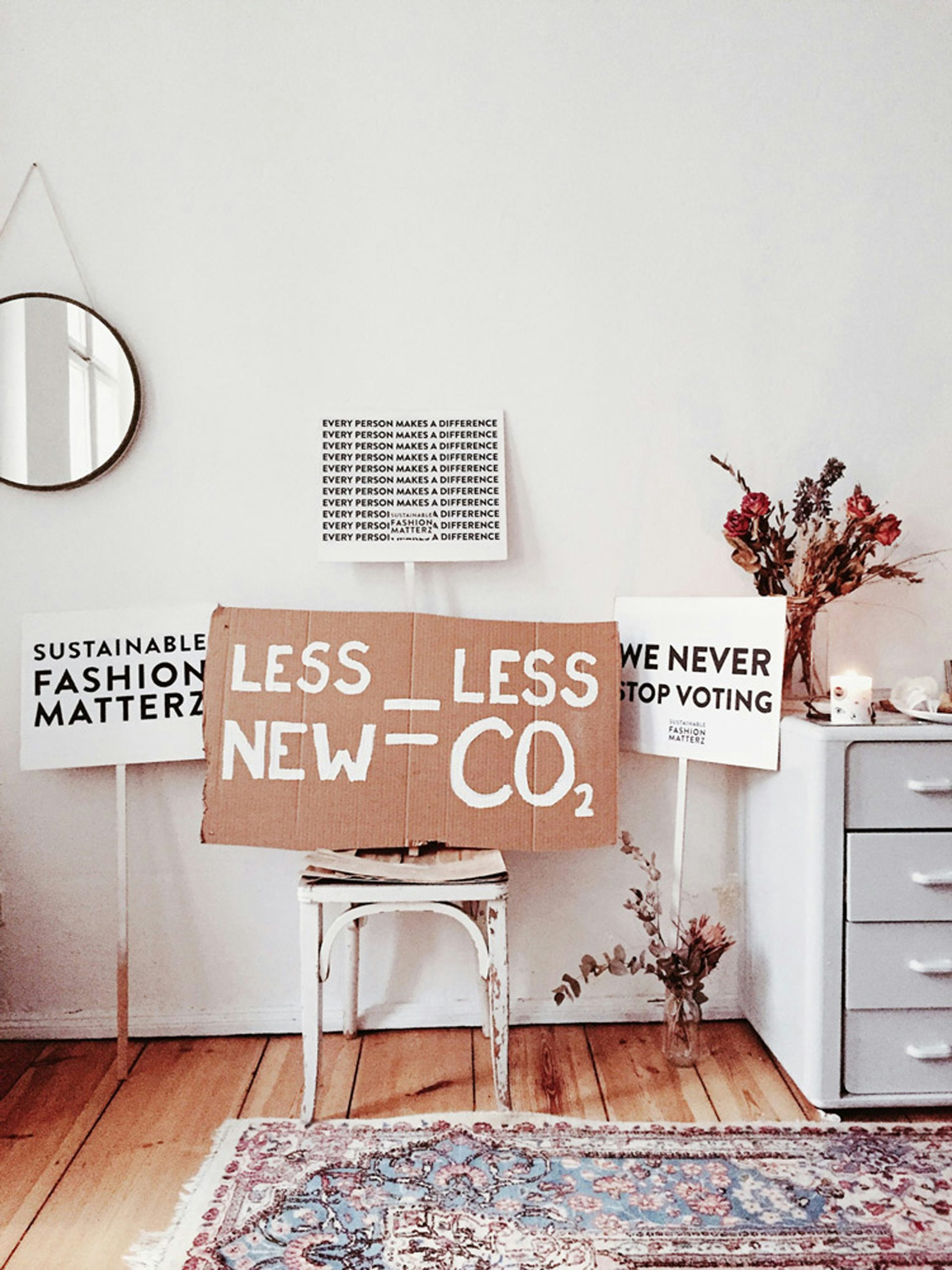
Supporting Sustainable Brands
Identifying Sustainable Brands
One of the simplest ways to advocate for sustainable fashion is by supporting brands that prioritize sustainability. But how do we identify these brands? Here are a few criteria to consider:
| Criteria | Description |
|---|---|
| Materials | Does the brand use eco-friendly materials like organic cotton, Tencel, or recycled fabrics? |
| Labor Practices | Are the workers paid fair wages and provided with safe working conditions? |
| Transparency | Does the brand openly share information about its sourcing, production, and sustainability efforts? |
| Certifications | Does the brand have certifications like Fair Trade, GOTS (Global Organic Textile Standard), or Bluesign? |
Favorite Sustainable Brands
Here are a few brands that have made a name for themselves in the sustainable fashion industry:
- Patagonia: Known for its commitment to environmental sustainability and social justice.
- Eileen Fisher: Focuses on using sustainable materials and recycling old garments.
- Reformation: Designs sustainable clothing with a focus on minimizing waste.
By purchasing from these brands, we can support their efforts and encourage other companies to adopt similar practices.
Advocating for Policy Change
Understanding Necessary Policy Changes
Sustainable fashion advocacy isn’t just about personal choices—it’s also about influencing policy. Legislation can play a crucial role in creating systemic change in the fashion industry. Some key areas where policy changes are necessary include:
- Regulations on Chemical Use: Policies that restrict harmful chemicals in the production process.
- Labor Rights Laws: Stronger laws to protect garment workers’ rights and ensure fair wages and safe working conditions.
- Environmental Standards: Implementing regulations to reduce water usage, pollution, and carbon emissions in the fashion industry.
How to Advocate for Policy Change
There are several ways we can advocate for policy change:
- Contacting Representatives: Reach out to our local and national representatives to express our support for sustainable fashion legislation.
- Supporting Nonprofits: Organizations like Fashion Revolution and Clean Clothes Campaign work tirelessly to push for policy changes. Supporting these groups through donations or volunteer work can amplify their efforts.
- Participating in Campaigns: Joining campaigns and signing petitions can help create public pressure for change. For example, Fashion Revolution’s annual ‘Fashion Revolution Week’ encourages people to ask brands “Who made my clothes?” to promote transparency in the industry.
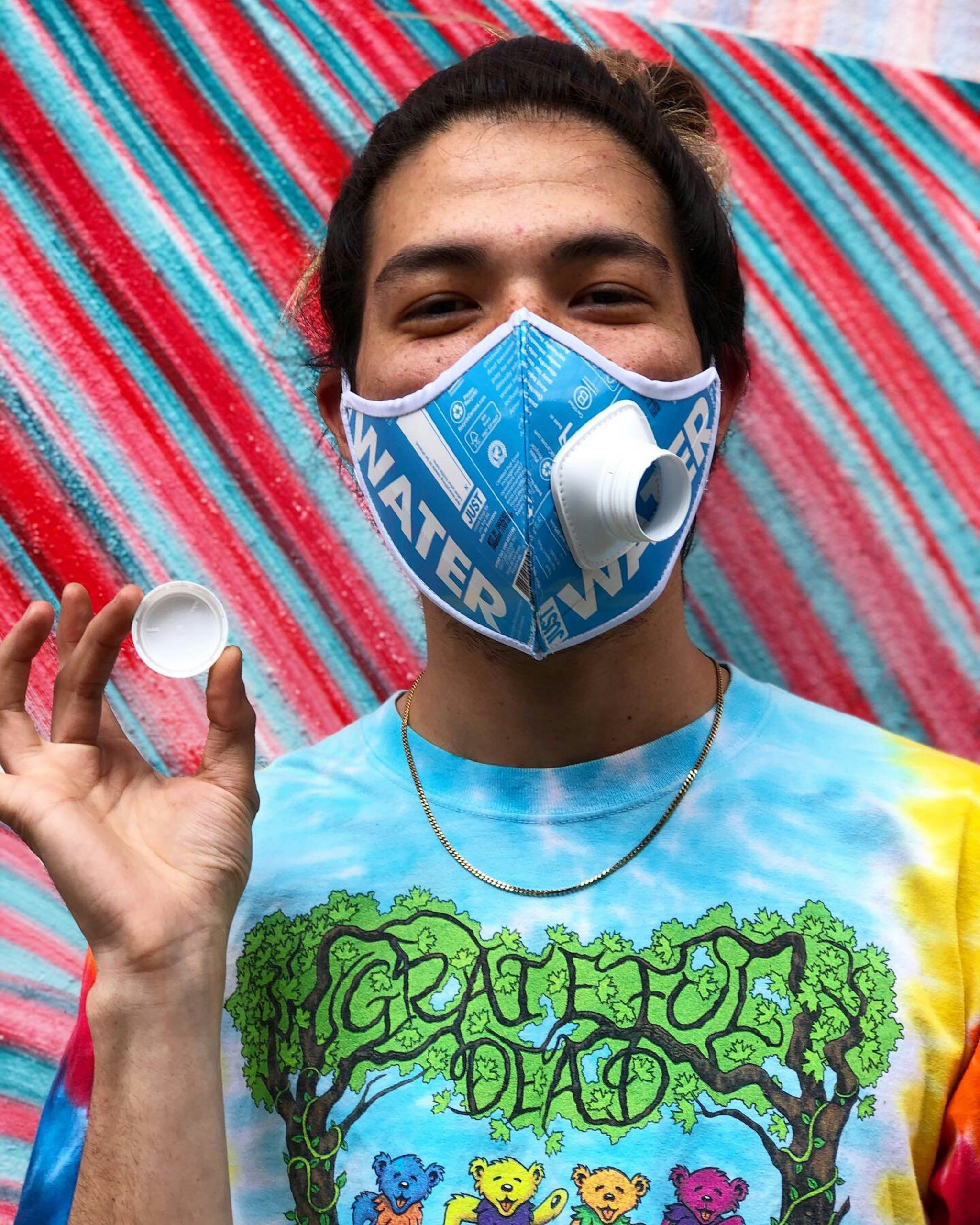
Engaging with the Community
Starting Local Initiatives
One highly effective way to advocate for sustainable fashion is to engage with our local community. We can start initiatives such as clothing swaps, repair workshops, and educational events to raise awareness and promote sustainable practices. These initiatives not only foster a sense of community but also provide practical solutions for reducing fashion waste.
Collaborating with Local Organizations
Working with local businesses and nonprofit organizations can amplify our efforts. For example, we can partner with local thrift stores to host events or collaborate with environmental groups to run joint campaigns. These partnerships can help reach a broader audience and create a larger impact.
Becoming a Conscious Consumer
Mindful Shopping Practices
Being a conscious consumer means making thoughtful decisions about what we buy and wear. Here are some tips for more sustainable shopping:
- Buy Less, Choose Well: Focus on quality over quantity. Invest in well-made, timeless pieces that will last longer.
- Secondhand Shopping: Consider buying secondhand clothing from thrift stores or online platforms like ThredUp and Poshmark.
- Swapping and Borrowing: Organize clothing swaps with friends or use rental services for special occasions.
Crafting a Sustainable Wardrobe
Creating a sustainable wardrobe involves being intentional with our purchases and caring for our clothes to extend their lifespan. Here are some steps to get started:
- Assess What You Have: Take inventory of your current wardrobe and identify what you truly need.
- Choose Versatile Pieces: Select versatile, timeless pieces that can be mixed and matched.
- Care for Your Clothes: Follow care instructions to extend the life of your garments. Repair and upcycle items instead of discarding them.

Leveraging Social Media
Raising Awareness Online
Social media can be a powerful tool for advocating sustainable fashion. By sharing information and starting conversations, we can raise awareness about the issues and solutions related to sustainable fashion. Here are some ways to leverage social media effectively:
- Share Informative Content: Post articles, videos, and infographics that educate others about sustainable fashion.
- Highlight Sustainable Brands: Showcase sustainable brands and products you love to encourage others to make conscious choices.
- Use Hashtags: Use hashtags like #SustainableFashion, #WhoMadeMyClothes, and #FashionRevolution to join the larger conversation and reach a broader audience.
Engaging Influencers
Collaborating with social media influencers can amplify our advocacy efforts. Influencers have a wide reach and can help bring attention to sustainable fashion issues. By partnering with influencers who share our values, we can spread the message to diverse audiences and inspire more people to take action.
Participating in Sustainable Fashion Events
Attending Conferences and Shows
Events like sustainable fashion conferences, trade shows, and fashion weeks are excellent opportunities to learn, network, and advocate for change. Attending these events allows us to stay updated on the latest trends and innovations in sustainable fashion, connect with industry leaders, and collaborate on initiatives.
Organizing Your Own Events
If there aren’t many sustainable fashion events in our area, we can take the initiative to organize our own. Whether it’s a small gathering or a larger conference, these events can serve as platforms for education, networking, and advocacy.
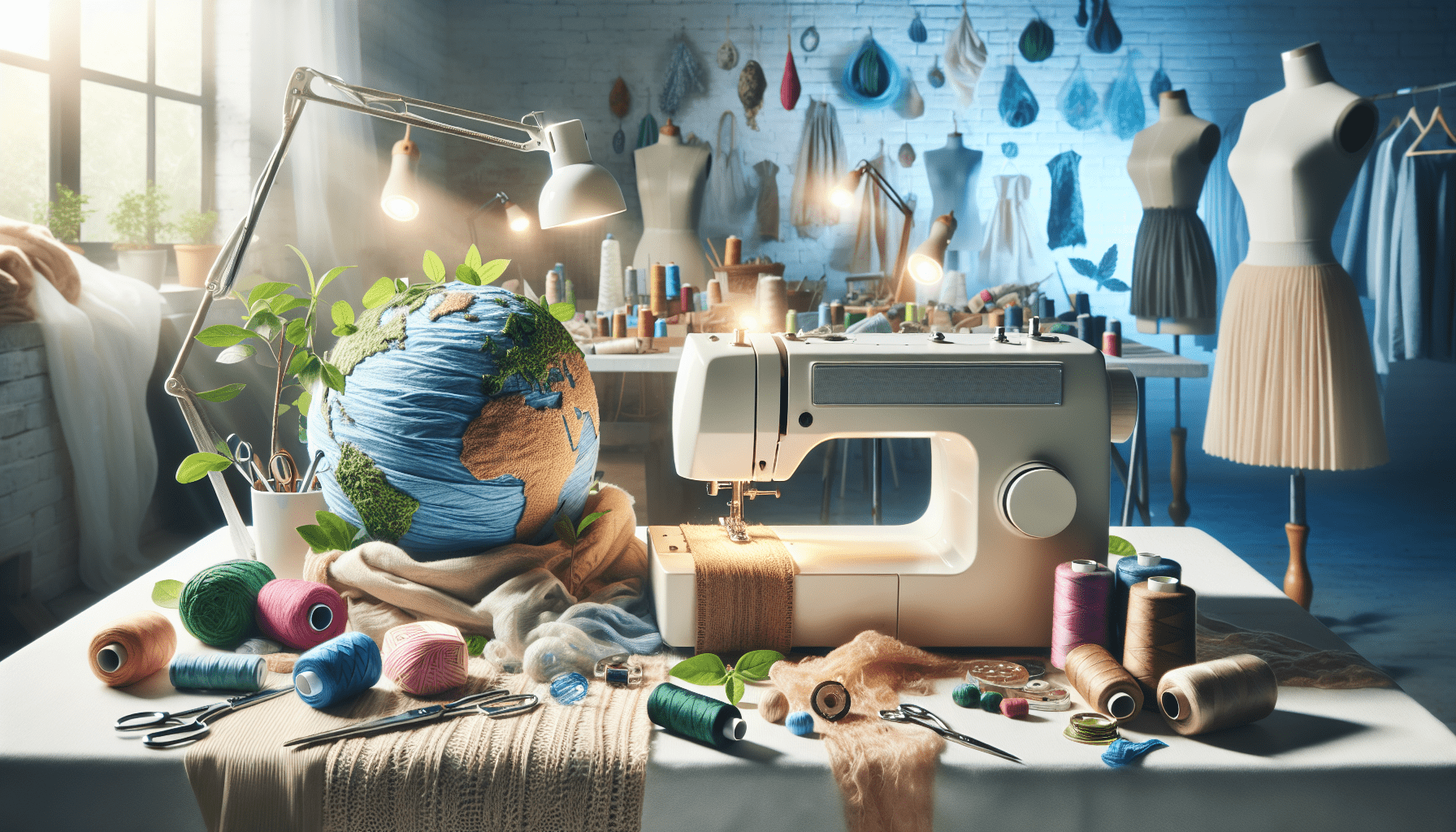
Educating the Younger Generation
Schools and Universities
Introducing concepts of sustainable fashion to the younger generation can help cultivate a sense of responsibility and awareness early on. We can collaborate with schools and universities to include lessons on sustainable fashion in their curriculum. Guest lectures, workshops, and student-led projects can make learning about sustainable fashion engaging and impactful.
Youth Programs
Supporting or creating youth programs dedicated to sustainable fashion can empower young people to become advocates themselves. These programs can involve activities like designing sustainable clothing, organizing eco-fashion shows, or conducting community outreach. By nurturing their creativity and passion, we can prepare the next generation to lead the way in sustainable fashion advocacy.
The Role of Technology
Innovations in Sustainable Fashion
Technology plays a significant role in driving sustainable fashion advancements. From innovative materials to eco-friendly production methods, technology can aid in reducing the environmental impact of fashion. For instance:
- 3D Printing: Allows for more precise and waste-free garment production.
- Blockchain Technology: Enables transparency in the supply chain, helping consumers and companies track the origins of materials and labor practices.
- Smart Fabrics: Developed to be more durable and environmentally friendly, such as fabrics made from recycled ocean plastics.
Supporting Tech-Based Solutions
By supporting and investing in tech-based solutions, we can push the boundaries of what’s possible in sustainable fashion. Whether it’s through crowdfunding platforms or investing in startups, our support can help bring innovative ideas to life and accelerate the shift towards a more sustainable fashion industry.
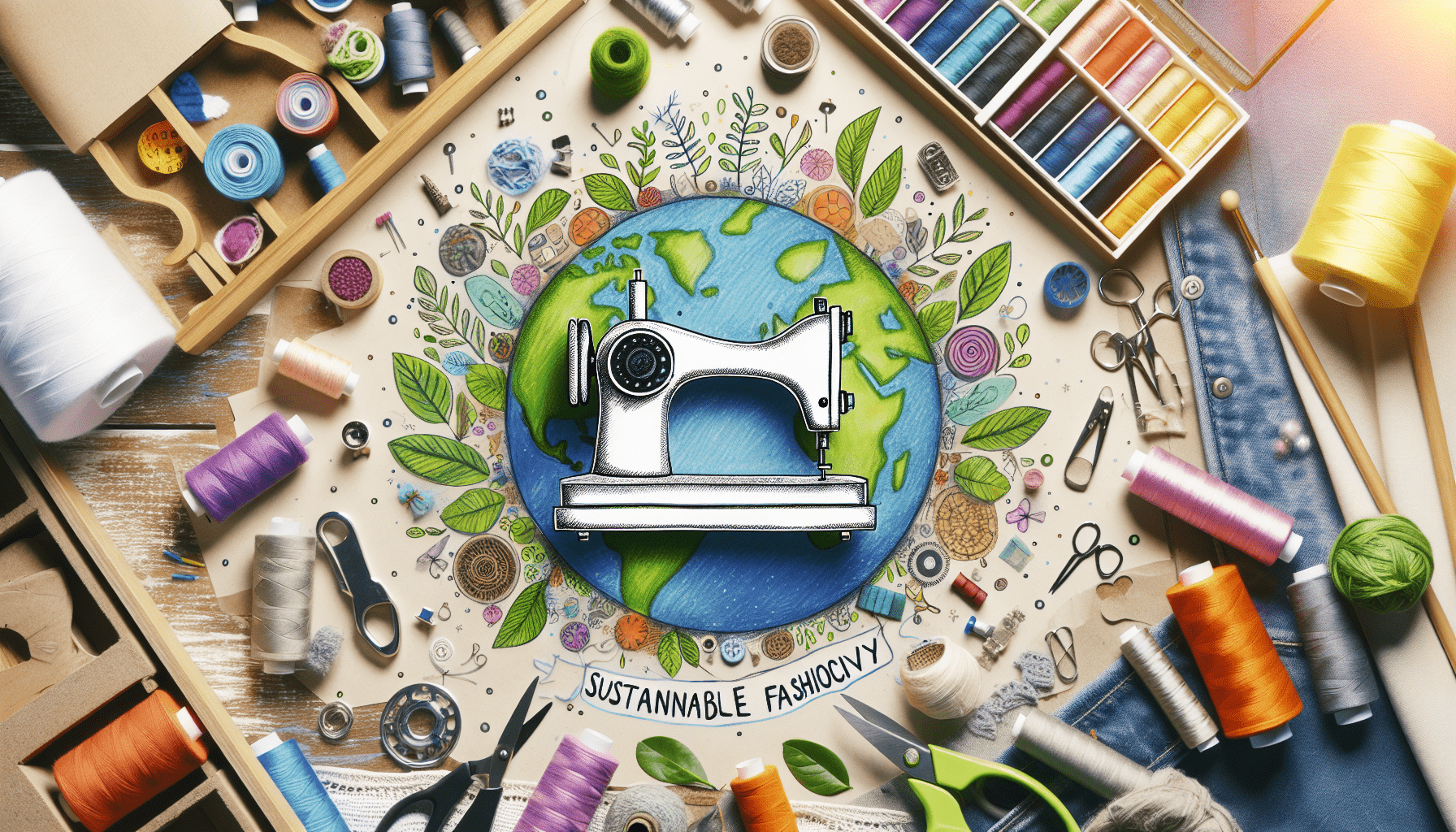
Conclusion
Involvement in sustainable fashion advocacy is not only rewarding but essential for creating a better future for our planet and its people. From educating ourselves and supporting sustainable brands to advocating for policy changes and leveraging social media, there are numerous ways we can make a positive impact. By taking these steps, we can contribute to a more ethical and environmentally-friendly fashion industry, ensuring that our style choices reflect our values. Let’s embrace sustainable fashion and inspire others to do the same. Together, we can make a significant difference.

